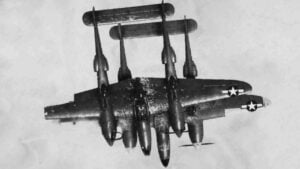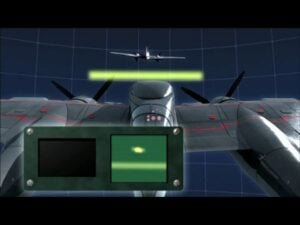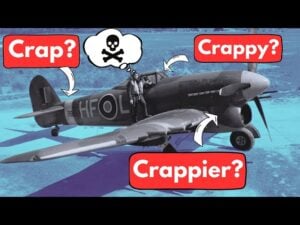Rare WWII Moments Featuring a Downed B-26 Marauder, Erich Hartmann’s Beginnings, and El Alamein Wreckage
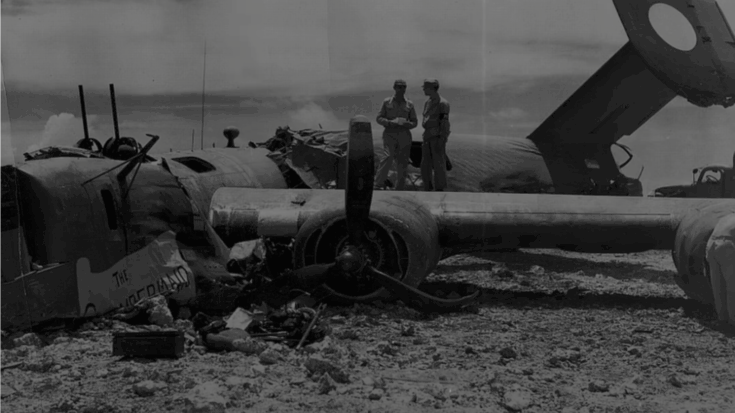
Fame Through Time / YouTube
Downed Marauder over France and Italy
In early 1944, a Martin B‑26B‑30 Marauder, serial number SN413184, was struck by flak near Rœux-sur-Cirque, France. Flames and smoke poured from its engine as the crew struggled to keep the aircraft airborne. That B‑26 had heavy bomb loads and a fast flight profile, but flak remained a hidden threat at low altitude.
Just months later, in May 1944, heavy bomber crews prepared to hit a railway bridge near Florence, Italy. That bridge carried ammunition and supplies to German forces. During that mission, doors of a pack‑loaded B‑26 were opened in the air, and the bomber dropped a powerful 4,000‑lb bomb load. Despite the danger, the crew believed they hit the bridge, though many did not survive. The B‑26, nicknamed “Louisiana Mudhen” or “Circle Jerk,” served with the 453rd Squadron of the 323rd Bomber Group. On November 23, 1944, this aircraft was shot down over what is now Poland by German flak fire, ending its long service.
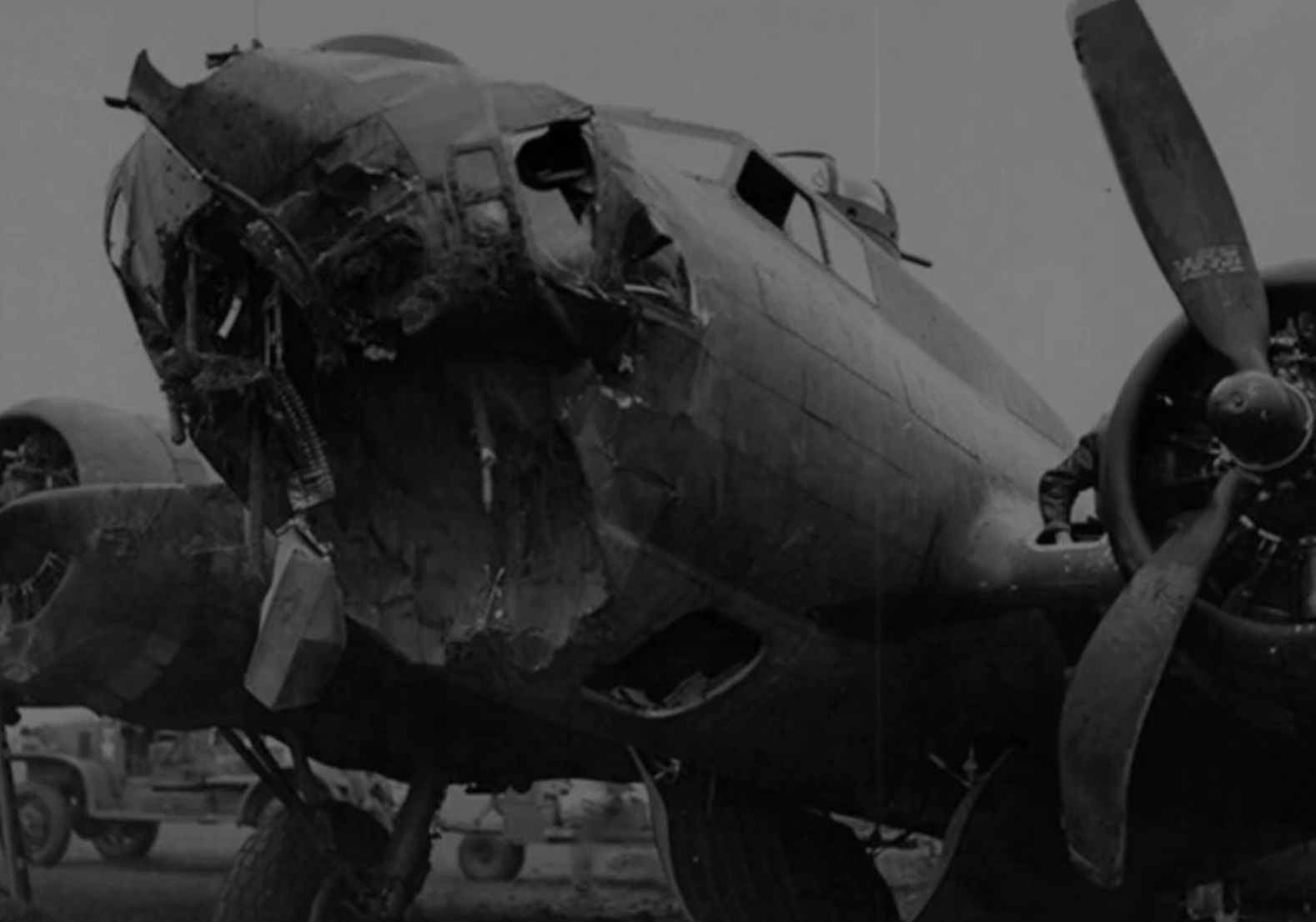
Erich Hartmann’s Early Steps in Aviation
Erich Hartmann, born in 1922, showed a clear interest in aviation from a young age. His training began before the war, but the conflict soon interrupted school classes. In those days, German aviation students moved quickly from classroom to cockpit. Hartmann earned his wings as a teenager, flying early fighters called “stuka” variants before moving on to more advanced aircraft. His early experiences taught him about flying under pressure and shaped the pilot he would become.
Hartmann’s first reflexes came from learning on older aircraft models. Those machines were known for their quick turns and responsiveness. He often trained at airfields in southern Germany, pushing engines to their limits and adapting to different controls. That time in the cockpit helped build his confidence. While many German pilots struggled with the stress of combat training, Hartmann remained focused on honing his skills.
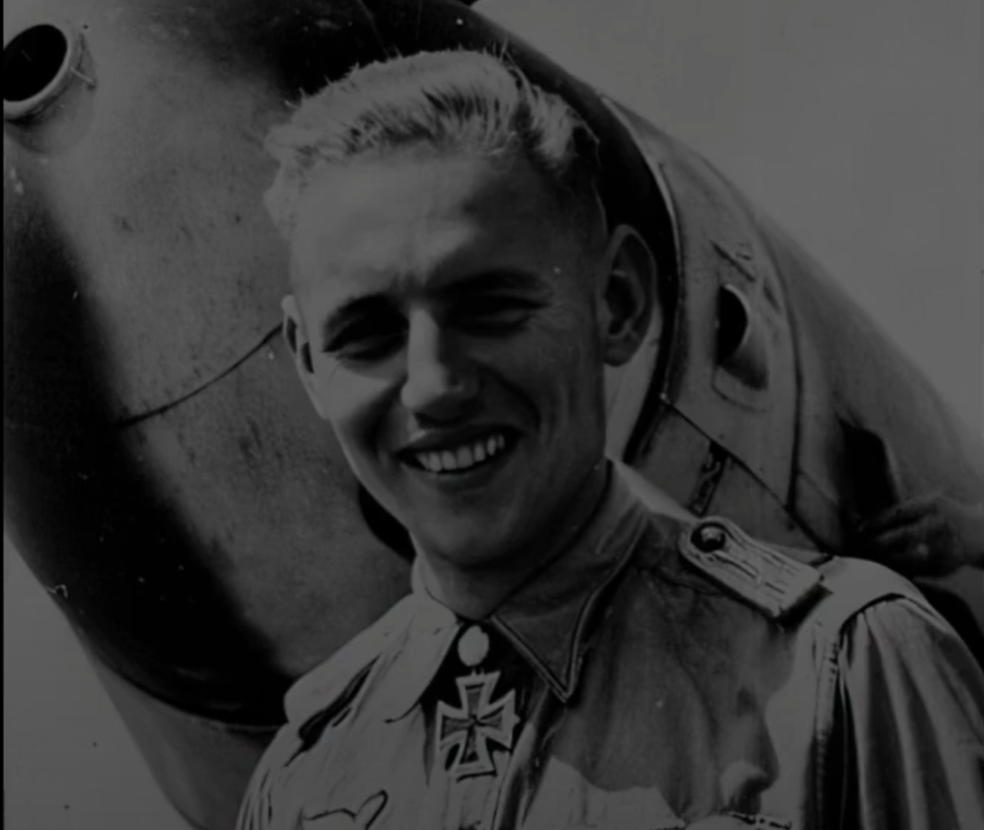
Crashes, Wreckage, and Forgotten Sites
In England during 1943–45, airfield crews recovered broken parts of a B‑17 bomber after a crash at Thurleigh airfield. Nearby, a B‑24 Liberator was hit mid‑air by flak over Europe. That bomber exploded in a ball of fire that dropped out of the sky, a reminder of how quickly a mission could end. Other aircraft, such as a B‑24J “Chambermaid,” flew through heavy attacks during missions over Europe but managed to return despite engine fires and hydraulic failure. One of those B‑24H bombers made a crash landing at Wendling, UK after losing three engines.
Even across the Atlantic, incidents happened in calmer conditions. For example, on the US carrier USS Hancock in 1955, an F7U‑3 Cutlass jet struck the deck in rough seas and ramped off the ship unexpectedly. Although this was after WWII, it shows that living in a machine can be just as dangerous off carrier decks as over enemy lines.
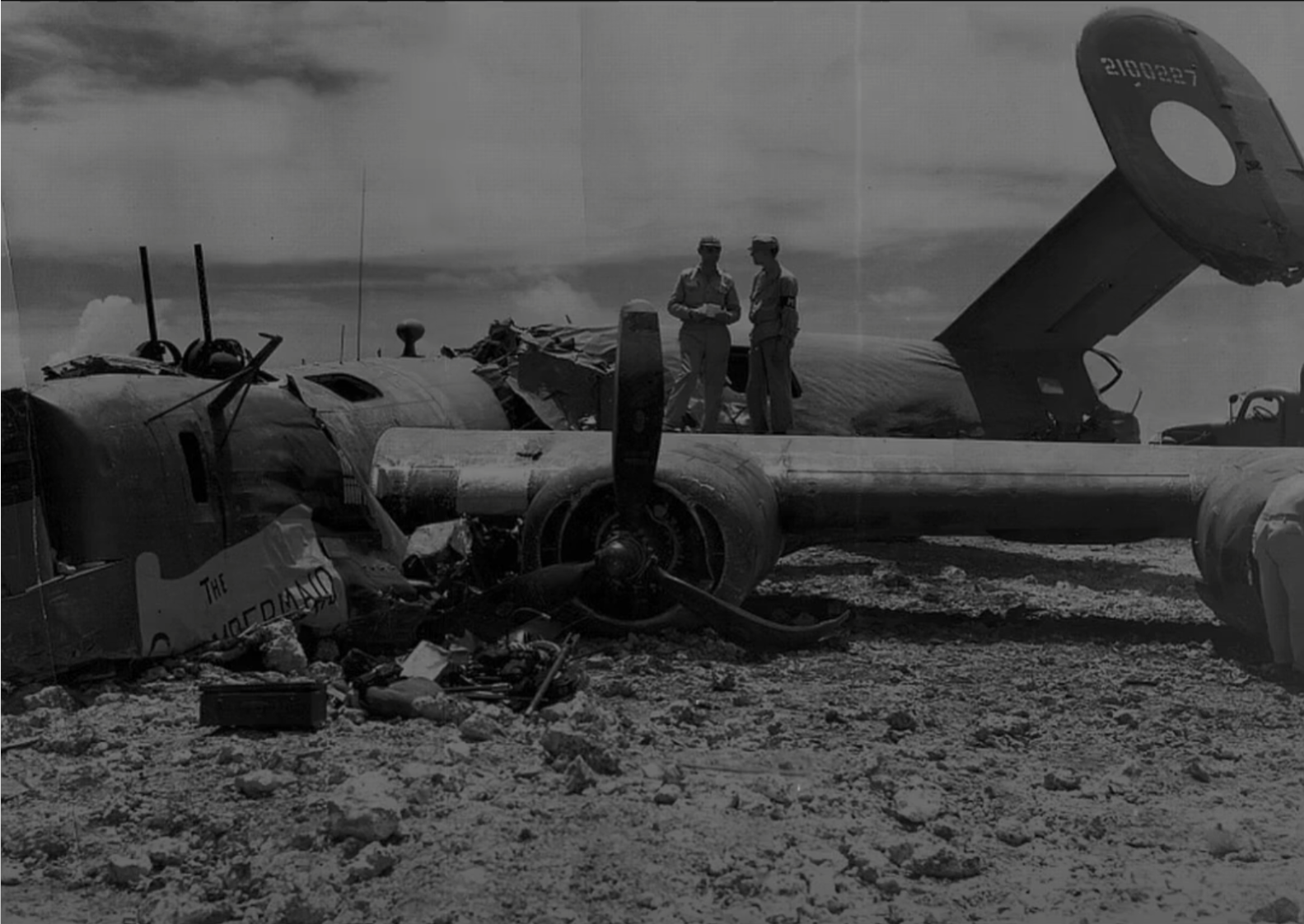
Final Bits from the Field
On Saipan, Marines examined damaged parts of a Japanese H8K flying boat in 1944. Nearby, three Kingfishers from the USS New York flew low over Casco Bay in Maine. In 2004, a Bell P‑39 was pulled from a Siberian lake where it had crashed during World War II. These scenes capture small, forgotten moments in large theaters of conflict.
In Europe, a Messerschmitt Bf 109 crashed along the Turkish coast in 1941. A B‑17 and Bell P‑63 collided mid‑air during an air show in Dallas. Even decades after the war, old wrecks still showed up. In 1946, a US Army DC‑3 slid onto a glacier in the Swiss Alps and got stuck for years before crews rescued the crew. These stories add texture to how wide WWII’s reach really was—and the machines it put into the sky.
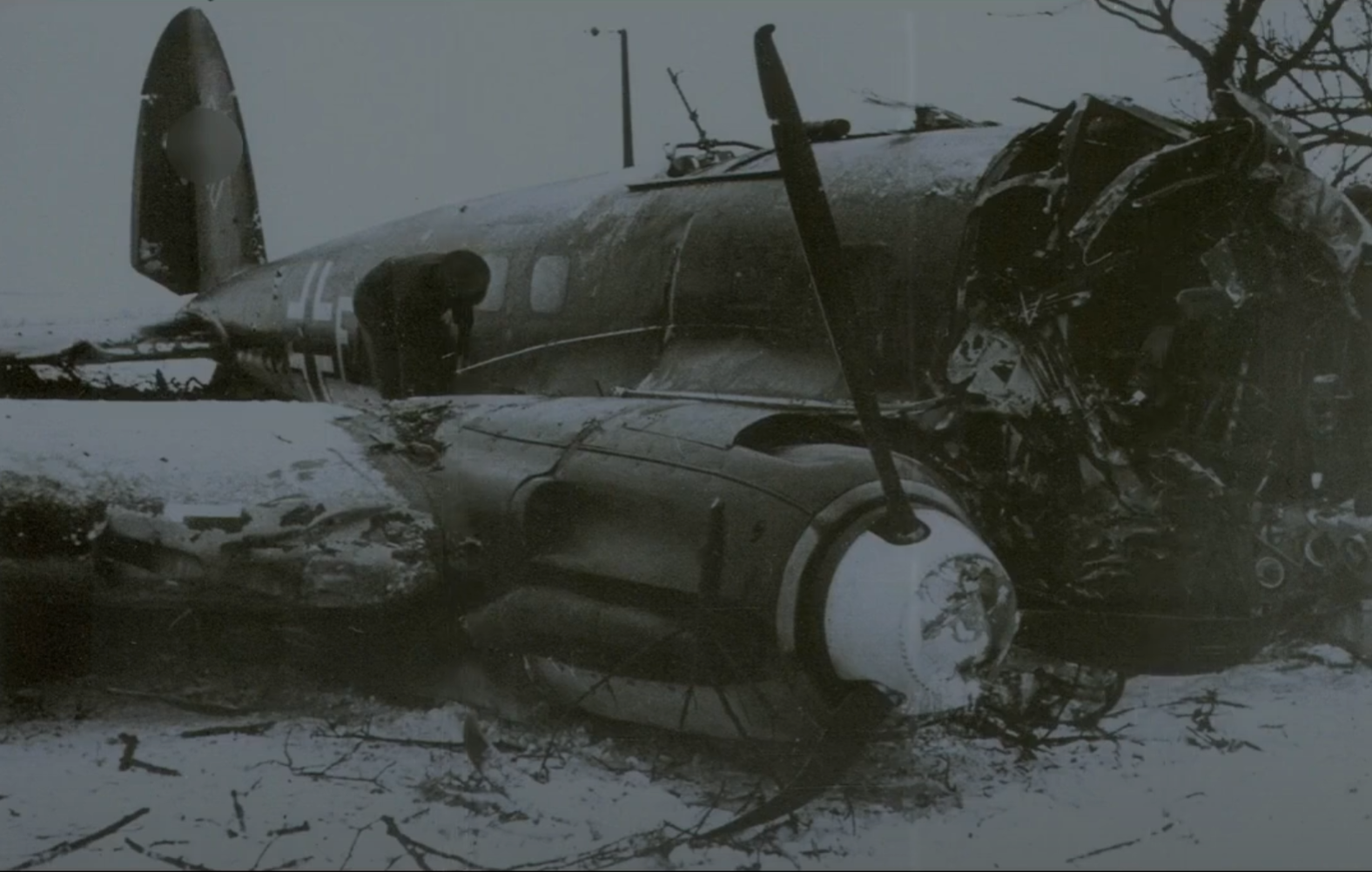
See all here in the video below:
















